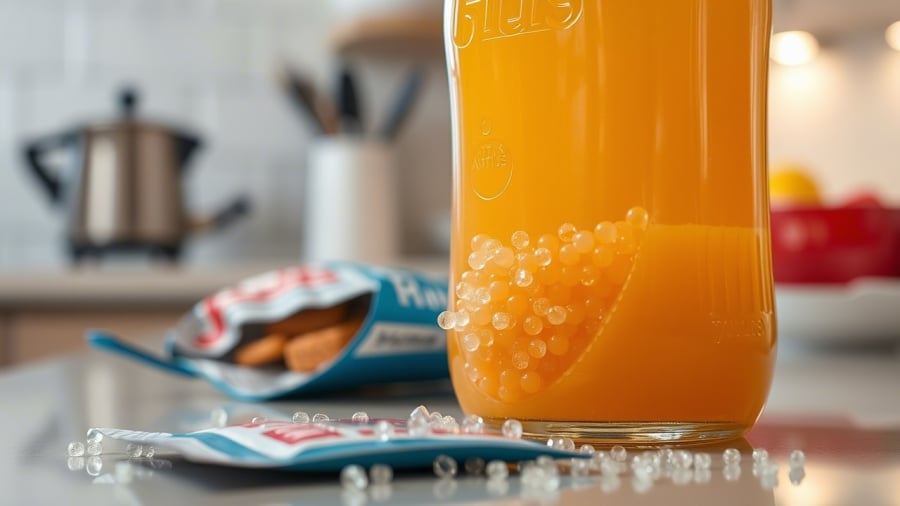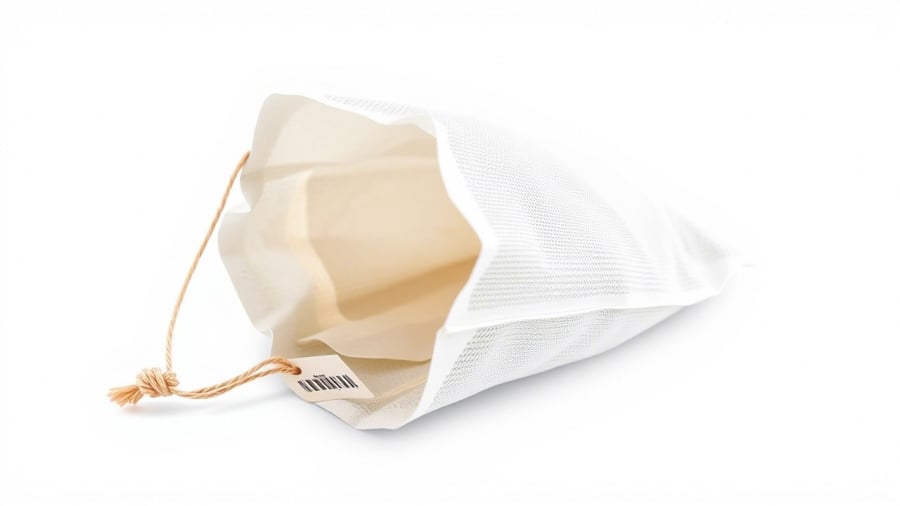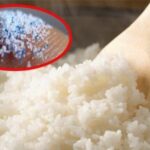A recent study from Cornell University in the United States reveals that human exposure to microplastics has reached unprecedented levels as of 2024.
The research indicates a six-fold global increase in microplastic consumption since 1990, with a particular surge in Asian, African, and American countries. China and the United States top the list for the highest microplastic consumption, present in their food, drinks, and air.
These microplastics have been detected in various human body parts, including blood, lungs, breast milk, and most recently, the brain.
Data analysis from 109 countries highlights an uneven global distribution of microplastics, with Southeast Asian countries exhibiting the highest absorption rates. Certain regions within this area have reported microplastic consumption levels exceeding 50 times that of 1990. Additionally, the Middle East, North Africa, and Scandinavia are emerging as hotspots for microplastic consumption.

Data from 109 countries reveals uneven global distribution, with Southeast Asian countries having the highest absorption rates.
Indonesia leads the world with up to 15g of microplastics absorbed into their diet monthly—equivalent to over a teaspoon of plastic per person. Malaysia follows closely with 12g, while Vietnam and the Philippines also record substantial consumption at 11g per person per month.
Published in the Environmental Research journal in February 2024, a study found that 90% of animal and plant-based protein samples showed signs of microplastic contamination, with polymer fragments ranging from below 5mm to 1 micrometre. Particles smaller than 1 micrometre are categorized as nanoplastics and measured in units of billionths of a meter.
A 2021 study published in the Environmental Science journal revealed that even strict vegetarians are not exempt from the risks of microplastic exposure. It was found that between 52,050 and 233,000 plastic particles below 10 micrometres—the size of a raindrop—were present in various fruits and vegetables.
Among these, apples and carrots were the most contaminated, with over 100,000 microplastic particles per gram. Carrots contained the smallest particles, while lettuce hosted the largest plastic fragments and was the least contaminated vegetable.
Even salt is not spared from the plastic invasion. A 2023 study found that coarse Himalayan pink salt, mined from the earth, contained the highest levels of microplastics, followed by black salt and sea salt. Additionally, sugar has been identified as “an important pathway” for human exposure to these micro-pollutants, according to a 2022 study.
Tea bags are also contributors to plastic pollution. Many tea bags are made from plastic and can release a significant number of microplastic and nanoplastic particles into the environment. A study by scientists at McGill University in Quebec, Canada, found that a single plastic tea bag can release up to 11.6 billion microplastic particles and 3.1 billion nanoplastic particles into the water when steeped.

Even tea bags are not exempt from the plastic pollution battle.
Rice is another significant contributor to this issue. A study from the University of Queensland, Australia, revealed that for every 100g of rice consumed, there could be up to 3-4mg of plastic. This figure increases to 13mg per serving for instant rice.
Bottled water also makes the list. According to the latest research from March 2024, a liter of water—equivalent to two standard bottled water containers—can contain up to 240,000 plastic particles, including nanoplastics, from seven different types of plastic.
To minimize microplastic consumption, Sherri Mason, Director of Sustainability at Penn State Behrend, emphasizes the importance of heeding long-standing expert recommendations to use tap water from glass or stainless steel bottles and reduce reliance on plastic-packaged food and beverages.
“People often don’t consider that plastic can leach from water bottles or plastic food containers, but it does,” she says. “Just as our bodies constantly shed skin cells, plastic sheds tiny fragments at points of contact, such as when opening a plastic salad container or a cheese wrapper.”
As scientists continue to investigate the types of plastic we consume, here are some measures we can take to reduce our exposure to plastic:
– Avoid eating foods packaged in plastic containers; opt for glass, enamel, or foil-wrapped alternatives.
– Choose to wear clothing made from natural fabrics and favor natural material products.
– Refrain from using microwaves to heat food in plastic containers. Instead, opt for stovetop heating or use glass containers in the microwave.
– Aim to consume more fresh produce and less processed and ultra-processed food wrapped in plastic.
Who Should Avoid Drinking Tapioca Starch Powder?
Introducing the humble yet mighty cassava powder, a traditional remedy known for its cooling properties and exceptional ability to beat the heat. But hold on, before you dive into this refreshing treat, let’s unravel the mystery of who should refrain from indulging in this seemingly wholesome delight. Uncover the hidden caveats and embark on a journey of mindful consumption with us!
Shudder: This Coffee Habit Makes You Swallow 1000+ Microplastic Particles Each Time
Coffee is a beloved beverage for many, but did you know that a certain style of coffee consumption can result in ingesting over 1,000 microplastic particles in a single sitting? Intrigued and concerned, we delve into this issue to uncover the specific method of coffee consumption and provide essential insights on how to steer clear of these microscopic intruders.



































